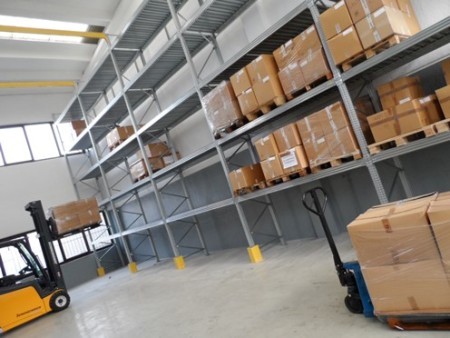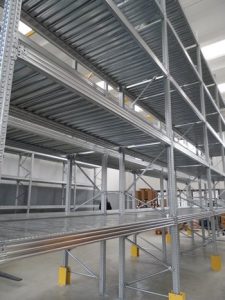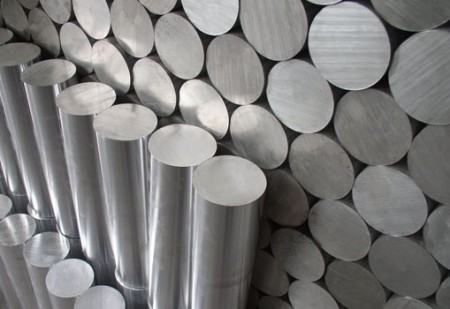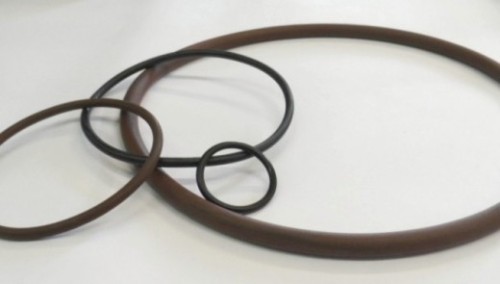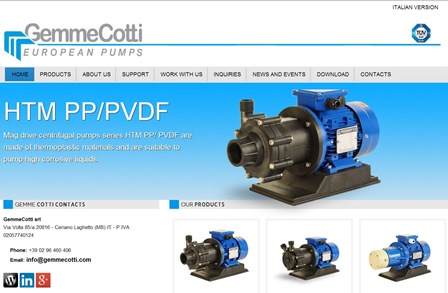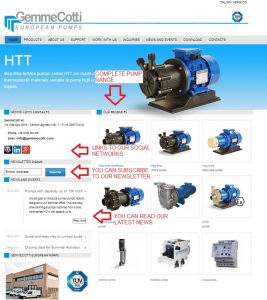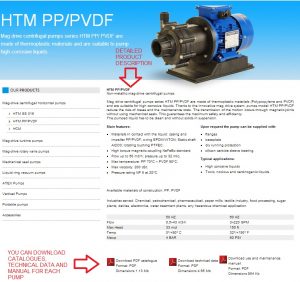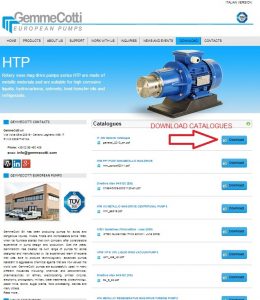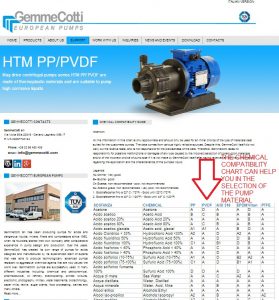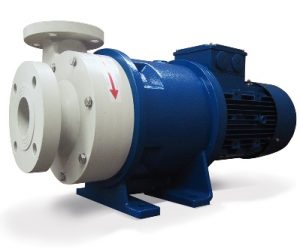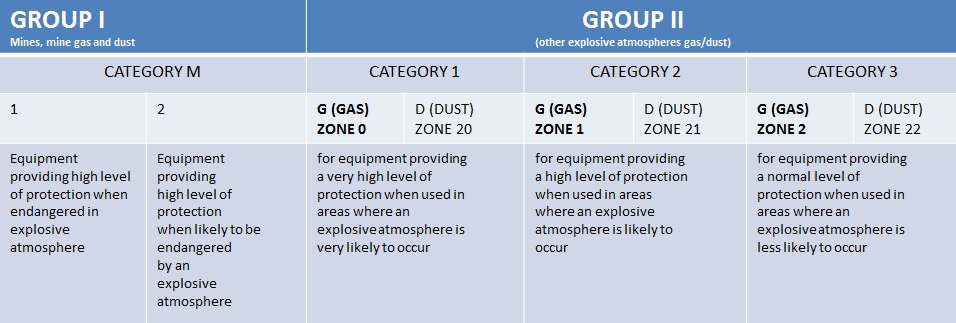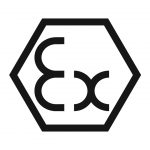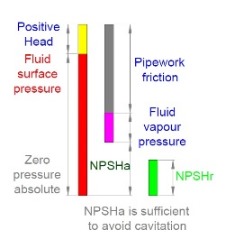The year is almost over and we think it’s time to sum it all up just to have a clear idea of all the novelties, improvements and development that GemmeCotti has faced during 2013.
January: Plastic mag drive vane pumps series HPP/HPF are available in three more sizes (600-800-1000) which can reach a maximum capacity of 1000 l/h and a pressure of 5 bar. Visit HPP/HPF website page
February: Our customers welcome gladly the new baseplates designed to allow a perfectly horizontal installation of the pump in the plant. The baseplates available in different dimensions are suitable for motors up to size 112.
March: GemmeCotti introduces the new series of mag drive centrifugal pumps machined from a solid block mod. HCM. These pumps have a capacity up to 130 m3/h and a maximum head of 48m. Visit HCM website page.
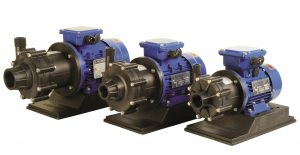 April: Mag drive centrifugal pumps mod. HTM PP/PVDF can be supplied with hydraulic motor. With this solution it’s possible to unload chemicals from trucks that don’t have electric box or compressed air available simply using the hydraulic power station of the truck.
April: Mag drive centrifugal pumps mod. HTM PP/PVDF can be supplied with hydraulic motor. With this solution it’s possible to unload chemicals from trucks that don’t have electric box or compressed air available simply using the hydraulic power station of the truck.
May: GemmeCotti hires Stefano, a newly-graduated engineer whose task is to assist the Technical department Manager to design new pumps.
June: Renewal of our ISO 9001 certificate after a periodical audit performed by a TUV SUD lead auditor. Click here to see our up-to-date certificate.
July: All the employees attend a course about health and safety at work because GemmeCotti wants to ensure that they are protected from harm in the workplace.
August: New GemmeCotti website is online with many news, technical documents, full description of all the pumps and much more. Click here to visit the website.
September: The marketing department publishes regularly articles on the GemmeCotti blog regarding GemmeCotti world and events and also about technical aspects and pump designing/manufacturing process.
October: Improvement of our bench test so that in the future it will be possible to test pumps with higher and higher performances and motor powers.
November: GemmeCotti installs 6-meter-high shelving in the new warehouse build to widen the workshop.
December: GemmeCotti pumps are exhibited during ChemShow exhibition in New York from 10th to 12th December at the booth of the American company iTech Pumps& Fans.
It’s obviously been a year full events for us and we are already developing new projects for 2014!



